Bank of Mozambique warns of Increased exposure of banks to public debt
Inflation in Mozambique under control despite devaluation of the metical

In file Club of Mozambique.
The positive trend of economic and financial forecasts of Mozambique has declined in recent months, although growth remains strong, but the authorities’ efforts to control inflation should succeed, Portuguese bank Banco BPI has said.
The devaluation of the metical (about 50 percent in 2015), BPI said in its latest report on the Mozambican economy, is driving a rise in inflation (5.7 percent in November), forcing the Bank of Mozambique to implement a tighter monetary policy to achieve the 2015 target.
New measures will be needed to keep prices controlled in 2016, because the weight of imported goods in the Mozambican Consumer Price Index (CPI) is 60% and an exchange rate downturn has historically had a “sharp” effect on inflation.
The authorities’ efforts have been favoured by prudent macroeconomic policies in recent years, a recent overvaluation of the metical, which provides room for the foreign exchange policy to converge to a balance and, above all, the depreciation of the rand in South Africa, Mozambique’s main trading partner, BPI said.
To estimate the 2016 inflation rate, the bank outlined three scenarios and, considering the exchange rate of the three main currencies (dollar, euro and rand) and the weight of each in Mozambican trade (50 percent for the rand) the real devaluation of the metical (9.4 percent) is lower than the overvaluation (10 percent) that the IMF estimated for the currency.
Thus, the BPI economists concluded that inflation is expected to remain below double digits (5.6 percent in the third scenario, with a 60 percent weight of imported goods in the CPI), although it may be above the official target (5 to 6 percent) and assuming a more restrictive monetary policy in 2016, including demand for foreign currency.
In a context of depreciation of the metical, Mozambique’s international reserves fell in 2015 from US$2.88 billion to US$2 billion, while external accounts deteriorated, “based on reduced activity of major projects, falling donations and reduced foreign direct investment.”
In exports, the main difficulty remains the drop in raw material prices, which according to the IMF amounted to 22 percent for metals and 16 percent in agriculture, two especially important categories for Mozambique, a major exporter of aluminium, minerals extracted from heavy sands, coal and sugar.
“Given China’s high weight in global consumption of raw materials, the transition to the ‘new normal’ is one of the major driving forces behind lower prices in international markets. In addition, oversupply will be at the basis of the fall in raw material prices,” said BPI.
The same is true of natural gas, although “the main gas companies in Mozambique (Anadarko Petroleum and ENI) remain confident in the viability of their projects,” as does as Moody’s, which “considers that the project’s viability will not be affected and will remain flexible with respect to persistent low prices.”
On the other hand, the Economist Intelligence Unit (EIU) has said it believes that natural gas production in significant quantities should only occur in 2025, as the market will be supplied until mid 2020.
“Although Mozambique faces new challenges,” said BPI, the credit rating agencies “continue to forecast favourable growth rates” of 7.5 percent in 2016, according to Moody’s and Standard & Poor’s, which is more optimistic than the IMF (6.5 percent) and the government (7 percent), although all agree that growth will speed up in 2016/17.


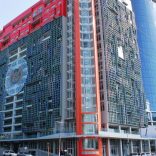

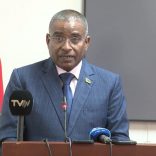
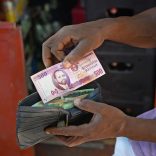
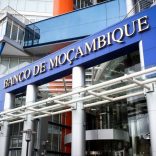


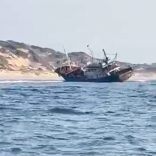



Leave a Reply
Be the First to Comment!
You must be logged in to post a comment.
You must be logged in to post a comment.